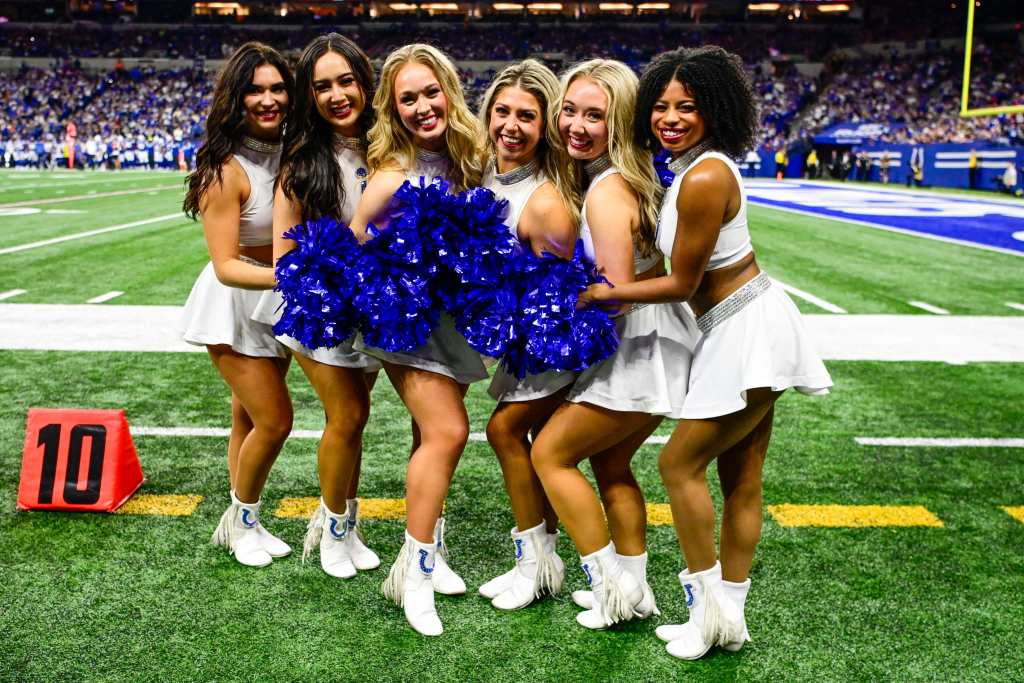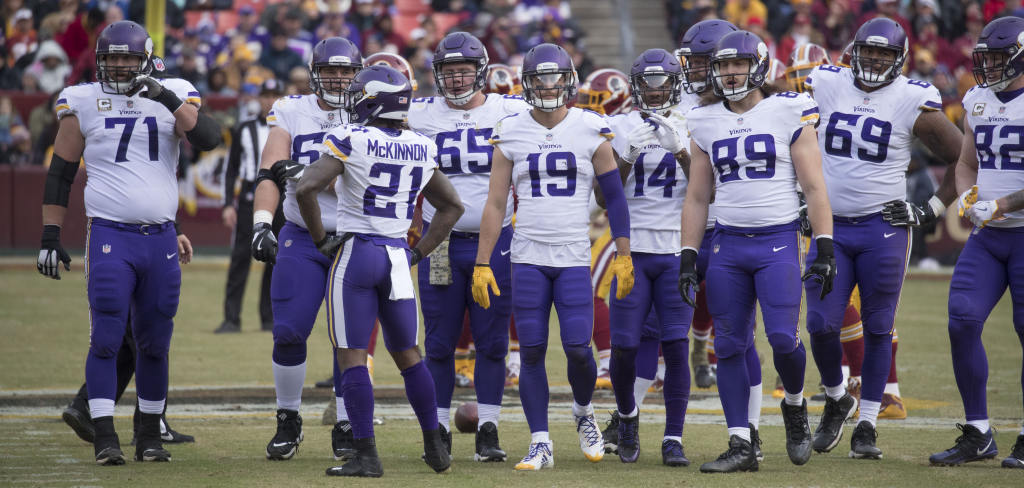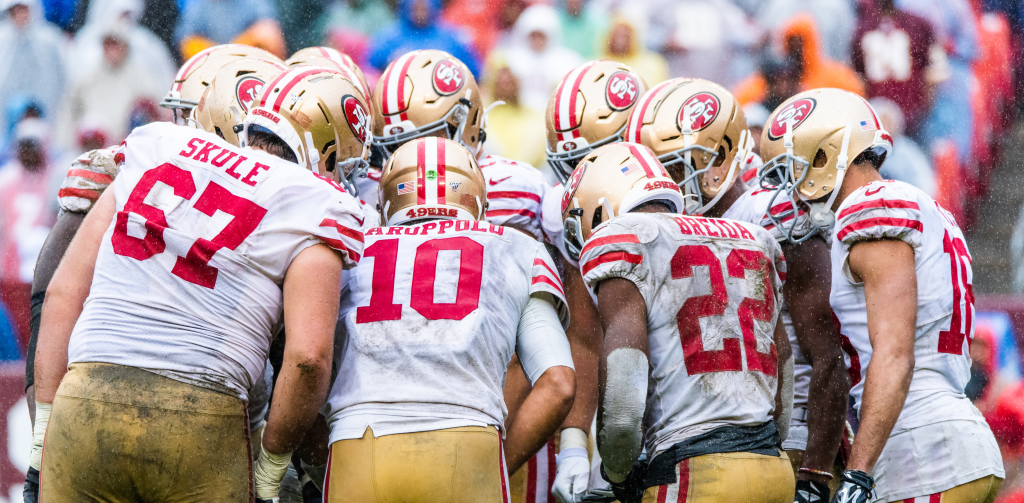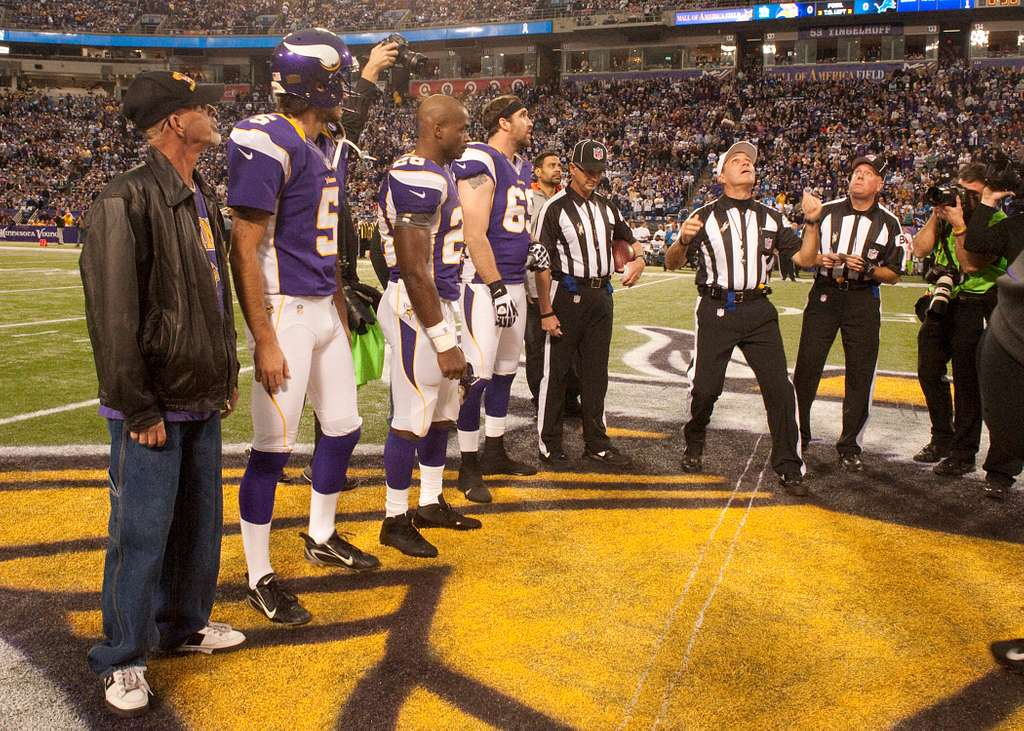
“Elephants have 250-pound babies. They’re the biggest babies in the world other than individuals who are appalled by NFL male cheerleaders.” That famous one-liner from author Zach W. Lambert summarizes the over-the-top absurdity most see in the latest culture war to afflict pro football.
As the 2025 season approaches in the NFL, the sidelines are stealing the show from a controversy as deafening as a crowd’s roar. Male cheerleaders seen in approximately a third of NFL teams this season are drawing applause as much as ire. The Minnesota Vikings, in particular, have been at the eye of a social media storm after introducing two male performers onto their squad.
It’s not all about pom-poms and high kicks. It’s about tradition, representation, and who gets included on one of America’s largest and most-watched stages. Here are the important facts, history, and voices informing this conversation.

1. Male Cheerleaders Are a Return to Tradition
Before NFL sidelines were host to all-female teams, cheerleading was a men’s sport. During the late 19th century, men were the ones cheering crowds at college games. Even the history of the NFL has men performing though dance-style, all-female teams did take over in the 1950s and ’60s.
That all started to change in 2018 when the Los Angeles Rams and New Orleans Saints welcomed dancing male cheerleaders into the mix, beginning a slow but spreading phenomenon. Today, about one-third of NFL teams include men on their cheer squads, less a novelty and more a return to tradition.

2. The 2025 Roster Is Bigger Than Ever
12 NFL teams this year have male cheerleaders, including the Baltimore Ravens, Los Angeles Rams, Minnesota Vikings, New England Patriots, New Orleans Saints, Tampa Bay Buccaneers, Tennessee Titans, San Francisco 49ers, Philadelphia Eagles, Washington Commanders, Carolina Panthers, and Kansas City Chiefs.
The New Orleans Saints alone possess 12 men among their 47-man team. In some cases, women were replaced after competitive tryouts proof that selection is nothing to do with gender, but with capability.

3. The Minnesota Vikings Are Standing Firm
Vikings male cheerleaders Blaize Shiek and Louie Conn also joined after undergoing the same intense audition process as their colleagues. The team’s statement upheld that all its members were selected based on their “talent, passion for dance and dedication to enhancing the game-day experience.”
In spite of backlash from conservative commentators and even a former NFL player, the Vikings remained resolute: they’re proud of all their cheerleaders and their role as ambassadors. Shiek, who is a die-hard Vikings fan, said he hopes to be an example for young women who don’t yet realize that this is an option for them.

4. The Backlash Is Loud But Not Universal
Critics like Congressman Clay Higgins argue the NFL is driving away conservative fans, while ex-placekicker Jay Feely argues men are taking women’s spots in sports. Actor Kevin Sorbo declared he needs “a new team now.”
But support is just as vocal. Fox Sports’ Joy Taylor dismissed the outrage as “over nothing,” and commentator Tomi Lahren called it “inconsequential.” Social media commentators have also pointed out that the history of cheerleading is masculine and the wrath should be misplaced compared to other issues at hand.
5. Pop Culture Has Always Known This
Male cheerleaders are not just a piece of sports history they’ve been a staple in pop culture for decades. Male members were the subject of the 2000 movie Bring It On, as well as TV shows One Tree Hill, Heroes, and Glee. Even beyond the television screen, stars like Samuel L. Jackson, Kirk Douglas, and a number of American presidents Ronald Reagan and George W. Bush to be specific were known to don cheer uniforms.
These examples demonstrate that men in cheerleading is not some revolutionary new concept.

6. It’s Not Performance, It’s Visibility
As have been noted by former NFL players and sports commentators, cheerleaders are not present for the players; they are present for the fans. The outrage is not that male cheerleaders are unable to perform but rather that their visibility short-circuits classic definitions of masculinity.

The backlash has been blamed on broader culture wars over gender roles and LGBTQ+ visibility. From that point of view, the controversy isn’t really about football merely about whose bodies get to be seen and celebrated in public spaces.

7. The Message to Young Fans Is Powerful
Philadelphia Eagles cheerleaders Alex Fan, James LeGette, and Dalton Walsh openly supported Shiek and Conn, encouraging them not to let anyone bring them down and to “keep on dancing.” LeGette said it best: “We never know when we have that little boy who also loves to dance… they can do anything that they put their minds to.”
For others, the introduction of male cheerleaders transmits to generations to come that it’s passion and skill, not gender, that determines where you belong.

The case for male NFL cheerleaders can be loud, but it’s also revealing. It shows how sports are a stage for broader cultural discussion about identity, tradition, and belonging. Cheer or jeer, men on the sidelines aren’t going anywhere and for many, that’s as great a win for representation as it is for the sport.


